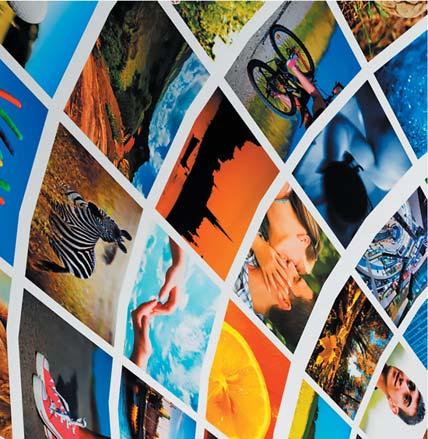MOROCCO: Building Back Be er
A
s countries around the world con nue to address the consequences of the COVID-19 pandemic, Morocco is a model of crisis management, increasing the daily tes ng rate from 2000 per day in April to 20,000 per day in June, reducing the key interest rate from 2.25% to 1.5% and providing 20bn dirhams for the recovery. Morocco has not spared any resources dealing with the pandemic, and is looking to the future, restar ng the economy and further advancing its state and society. Patricia Cullen reports. Improvements and progress have not just been made in response to the COVID-19 crisis however. They have been decades in the making, and over the past twenty years, Morocco has achieved significant social and economic progress due to large public investments, structural reforms, alongside measures to ensure macroeconomic stability. Highligh ng this monumental growth, Morocco jumped from 128th posi on 38 europeanbusinessmagazine.com
in 2010 to the 53rd spot in the World Bank’s Doing Business 2020 rankings. This posi ve transforma on across the business landscape has been credited to unprecedented, innovave structural reforms in the poli cal, social and economic environments. The Green Morocco Plan, the Industrial Accelera on Plan, the RAWAJ Plan for Trade Development and Distribu on, the Solar Plan and the Tourism Strategy are among the many policies that have been instrumental in this significant progress, and have been crucial to the industrial sectors historical growth. In OBG’s 2020 Morocco CEO Survey, 28% of respondents recognised that the industrial sector has huge poten al to drive further growth, followed by ICT and innova on at 24%, and agriculture at 10%. Renewables is another sector in Morocco that has huge opportunity, and the Na onal Energy Strategy 2009 aims to generate up to 52% of the country’s electricity needs from renewables
within 10 years’ time. Morocco is also set to be a global player in green energy and opportuni es for innovave, spirited companies abound. Key projects include the 580-MW Noor solar power plant, the 800-MW Noor Midelt hybrid plant and the 850-MW Boujdour wind farm. Though things are looking bright, there are challenges to overcome, and the combined effect of a poor crop year and the implica ons of the confinement policy due to the COVID-19 pandemic in the secondary and terary sectors, has led to a downward revision of the growth rate. Travel restric ons and health concerns have cast doubt on the future of the country’s most dynamic industry, tourism. Morocco reacted quickly and closed its borders in mid-March to curb the spread of COVID-19, and while the county was applauded for its quick thinking, the tourism industry, which accounts for approximately 11% of Morocco’s GDP, took a par cularly hard hit.



























